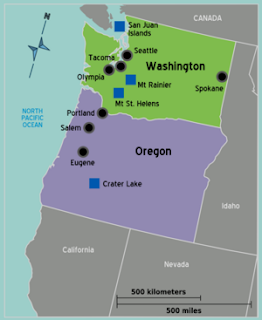California vs. Las Vegas
Los Angeles is second largest city in United States. Los Angeles has lots of earthquakes in the past, and sometimes for recently. In 1994, there was a big earthquake in Northridge, it was 6.7. We did some earthquakes fire drill sometimes which is really needed. For this earthquake, Las Vegas was also got damaged but not that much of Northridge.
Climate of California vs. Las Vegas
California's weather is so good. It is not too much to say that Loas Angeles is the Angel's city. Mediterranean precipitation and not that hot summer and not that cold winter. Annual temperature is 50'F to 80'F. But in Valley, sometimes in summer, temperature will over 100'F. It is hard to see snow in California but in the Sierras, snow packs of ten feet or more are common. As compare to Las Vegas, it has hot summer and not cold winter but it is really dry, annual precipitation is about 45 inches a year.
Homeless of California vs. Las Vegas
Homeless is one of the serious issue of California. Homeless population is up to 82 thousand, and homeless chose their home as Los Angeles because it has good weather and warm temperature. As compare to Las Vegas, it is hard to see homeless around main street. I think it because hotels are securing their territory. They also might have lots of homeless because of the gambling.
















